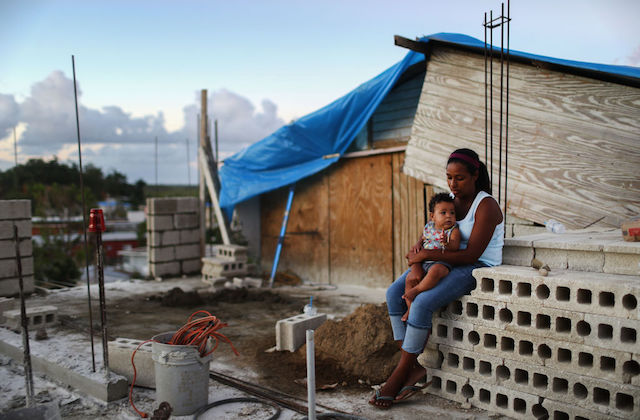More than 100,000 homeowners in Puerto Rico may be victims of a widespread corruption scheme involving a government-run program to fix their properties, according to an investigative report from The New York Times.
Tu Hogar Renace (Your Home Reborn) is operated by the Puerto Rico Department of Housing and financed by the United States Federal Emergency Management Agency (FEMA). The program received $1.2 billion to repair up to 120,000 homes that were damaged, but not destroyed, by Hurricane Maria. Seven contractors were hired to do roof repairs and electrical work and to replace doors, windows and appliances. These contractors hired subcontractors, who then brought in other companies to do the repairs. In addition, two other firms were hired to manage the program.
In an article published yesterday (November 26), The Times reports:
rnt
More than 60 percent of what FEMA is spending in the program, the largest emergency housing program in the agency’s history, is not paying for roofs, windows or doors, The New York Times found in a review of its expenditures. Instead, it is going toward overhead, profit and steep markups.
t
Homeowners, who were approved for up to $20,000 each in aid, in nearly every case received less than half of what they were approved for, while layers of contractors and middlemen took the rest, a review of hundreds of invoices and contracts associated with the program shows.
Maria struck the island on September 20, 2017. Puerto Rico experienced a total blackout and a loss of water to half the homes on the island. More than 1,400 people died as a result of the storm.
Luis Vega Ramos, a member of the Puerto Rico House of Representatives, said Tu Hogar Renace was a mixture of “incompetence and corruption.”
“The government’s responsibility is to watch out, to be custodians of the proper and effective use of those funds,” he told The Times. “I don’t understand why they need to pay hundreds of millions of those dollars to middlemen who turn around and permit overpricing.”
Michael Byrne, FEMA’s federal coordinating officer for Puerto Rico, said the program is achieving its goals, telling The Times, “By the end of November, I fully expect them to have repaired about 120,000 homes. That’s pretty impressive.”
While 120,000 homes may be repaired by that time, the work often falls short of what homeowners expected. Reports the Times:
rnt
Lisandra Oquendo, who lives in Punta Santiago on Puerto Rico’s eastern coast, was told that her house had been approved for $18,000 in FEMA repair funds, and she was stunned at how little was accomplished with the money. The contractors patched up her roof, gave her a generator, replaced more than a dozen broken window crank operators, installed several appliances, two windows and a door, and cleaned mold off the walls. But because her roof is made of concrete, she said, they told her they could not repair it.
t
“They said, ‘We don’t do paint, we don’t do floors, we don’t work with cement,’” she said. “So what do you do?”
The newspaper also detailed the high markups that contractors charged FEMA for materials. The agency paid $82 each for 122,000 smoke detectors that cost $6.99 apiece at Ace Hardware store; sinks that cost $260 were charged to FEMA at $666; subcontractors repaired roofs for $1.64 a square foot, but charged FEMA $4 a square foot.
“Contractors have said that the rates they collect cover a variety of expenses, including shipping fees, workers’ compensation insurance, vehicle and warehouse rental, taxes and profit,” reports The Times. “But prices charged for equipment and appliances often bore little relation to what was charged on the retail market, even in storm-ravaged Puerto Rico.”
It appears that little will be done to curb the inflated pricing. In an interview with the local Telemundo station, Housing Secretary Fernando Gil Enseñat said, “The people, the beneficiaries, don’t have to pay a single cent—these are federal funds. If the person had to pay that, obviously that would worry me a lot.”
A FEMA spokesperson said the agency would “do a rigorous analysis of what was actually expended,” but told The Times that looking at line item prices can be “misleading.”
